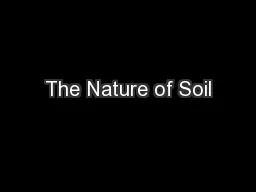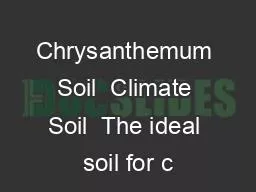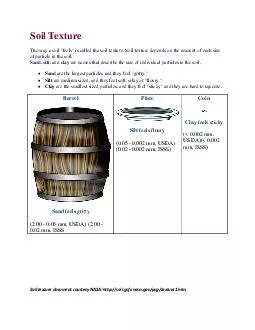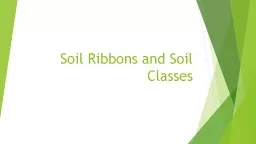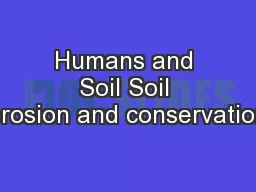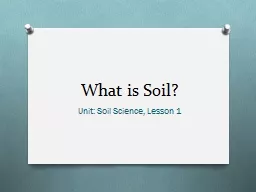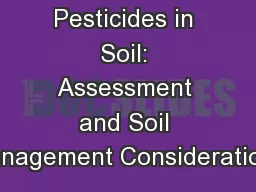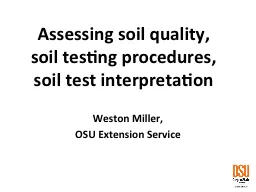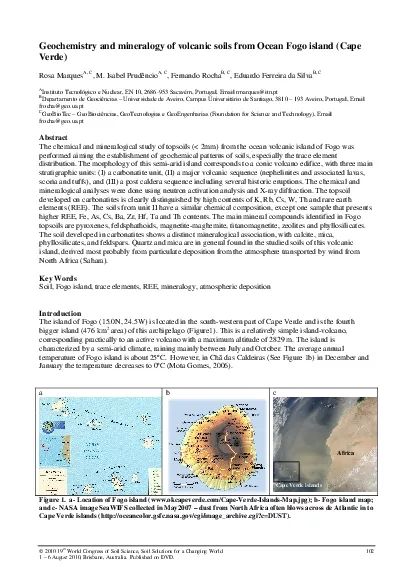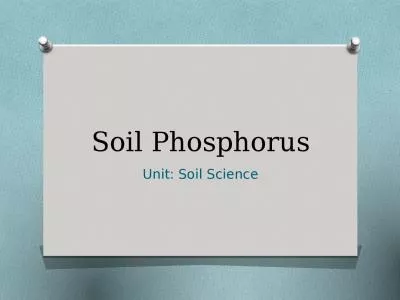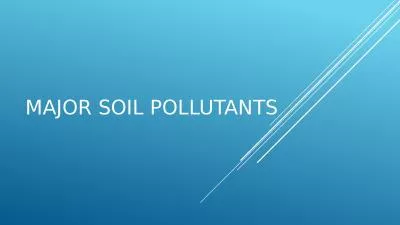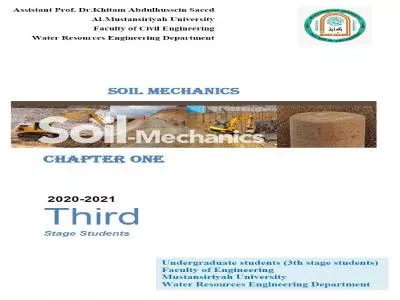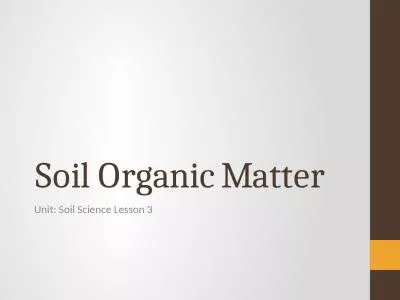PPT-The Nature of Soil
Author : tatyana-admore | Published Date : 2017-09-14
Chapter 7 Section 2 Notes Fact Finders Use your textbook pages 188 194 to fill in the blanks is a mixture of weathered rock decayed organic matter mineral fragments
Presentation Embed Code
Download Presentation
Download Presentation The PPT/PDF document "The Nature of Soil" is the property of its rightful owner. Permission is granted to download and print the materials on this website for personal, non-commercial use only, and to display it on your personal computer provided you do not modify the materials and that you retain all copyright notices contained in the materials. By downloading content from our website, you accept the terms of this agreement.
The Nature of Soil: Transcript
Download Rules Of Document
"The Nature of Soil"The content belongs to its owner. You may download and print it for personal use, without modification, and keep all copyright notices. By downloading, you agree to these terms.
Related Documents

